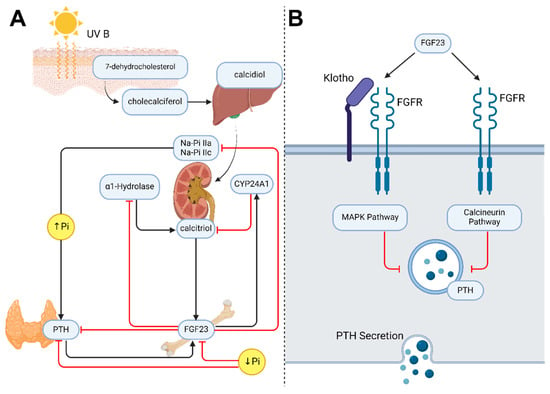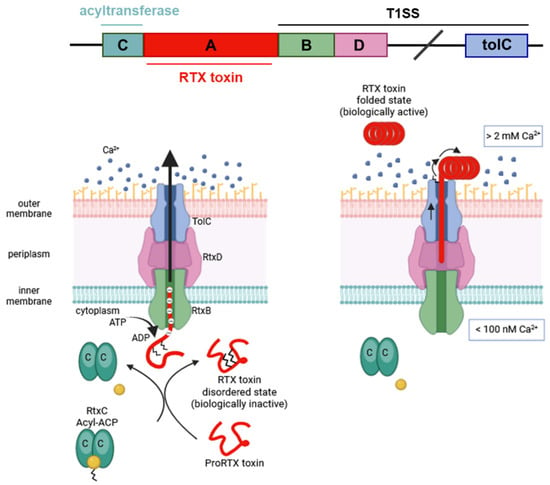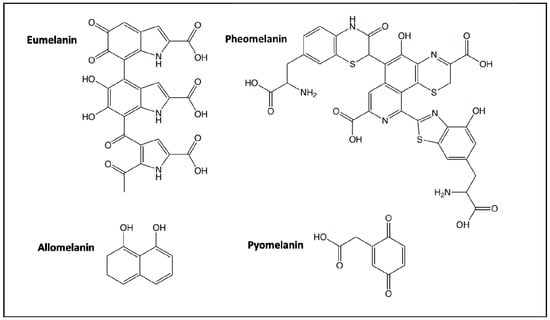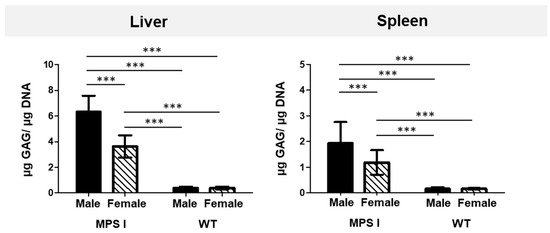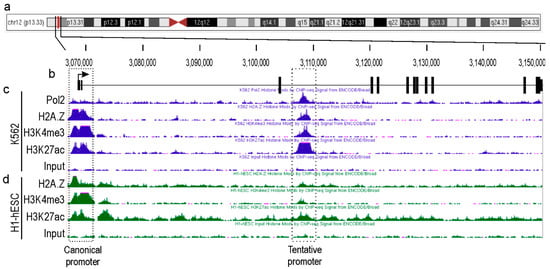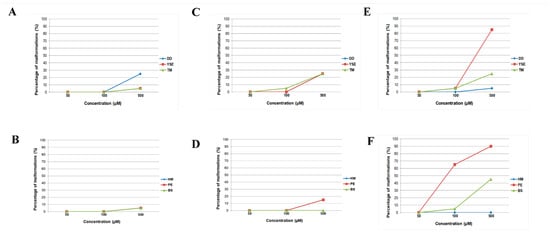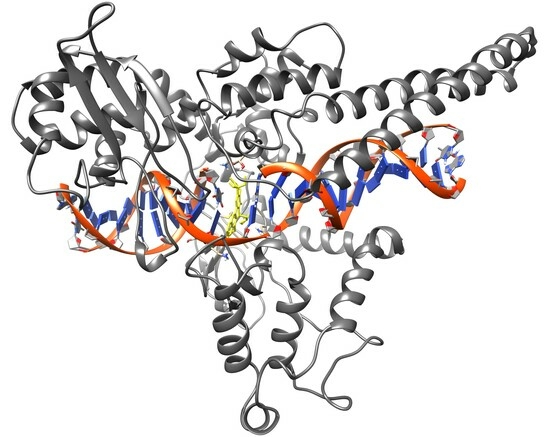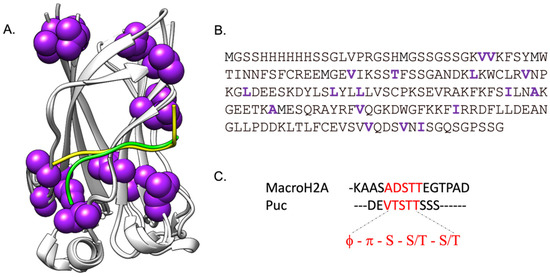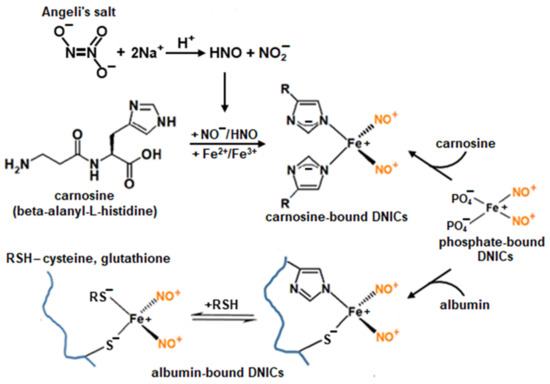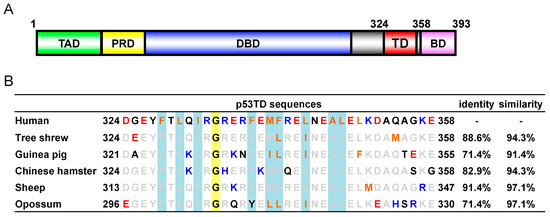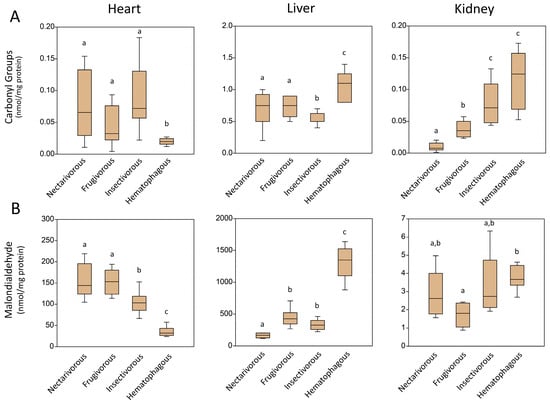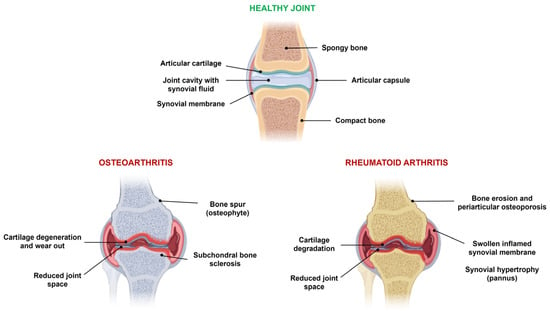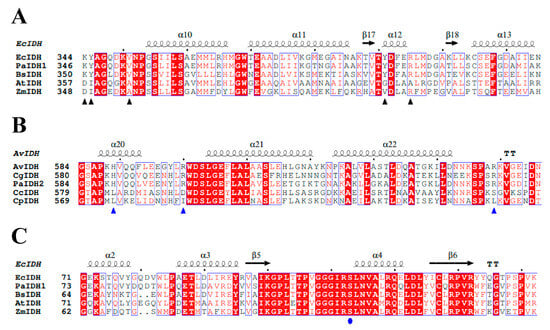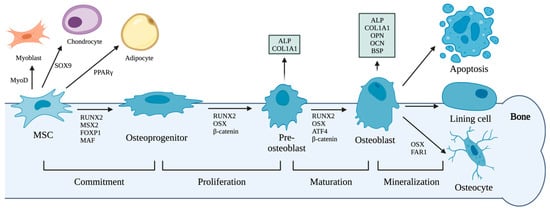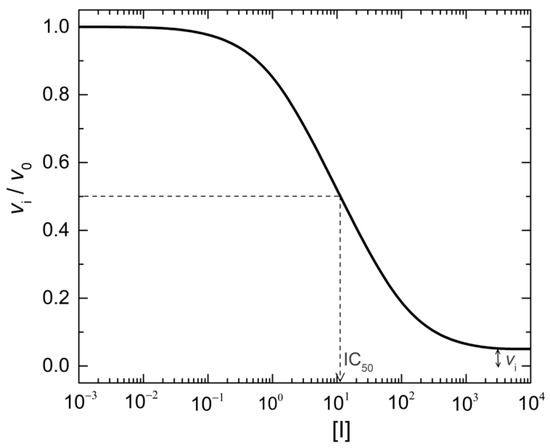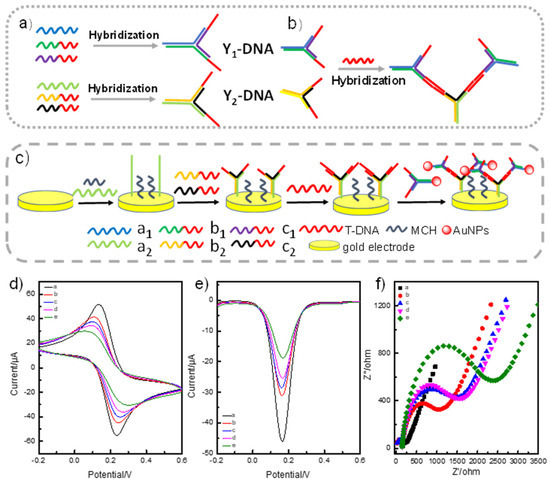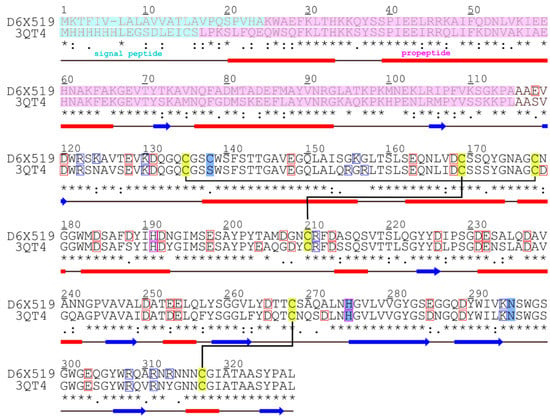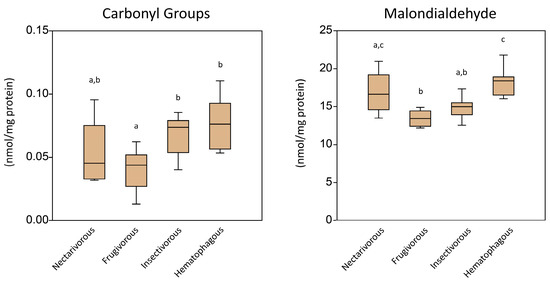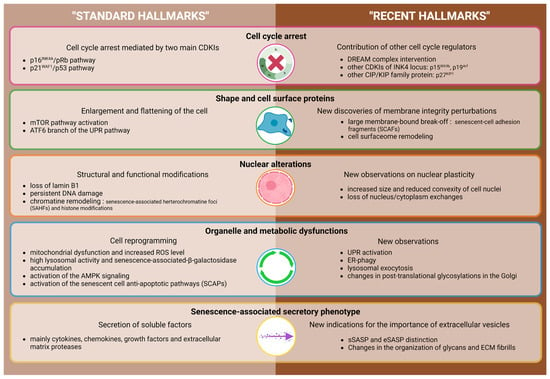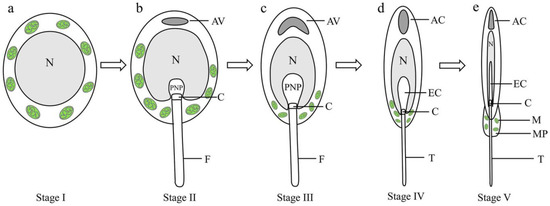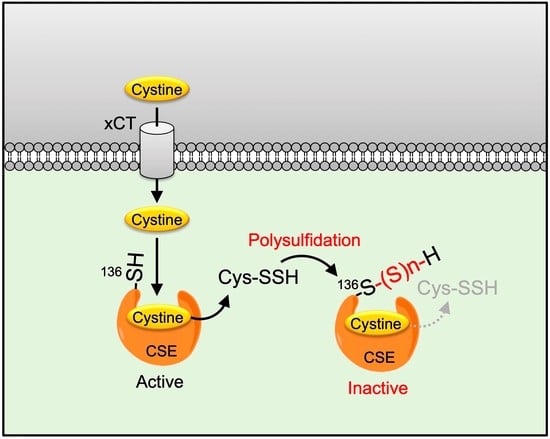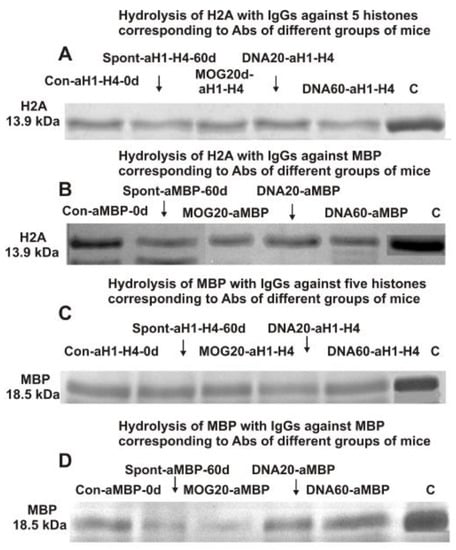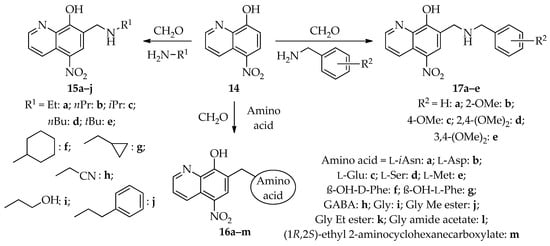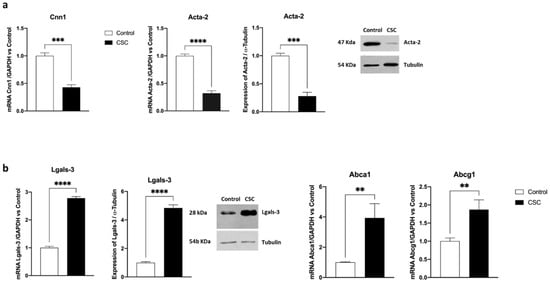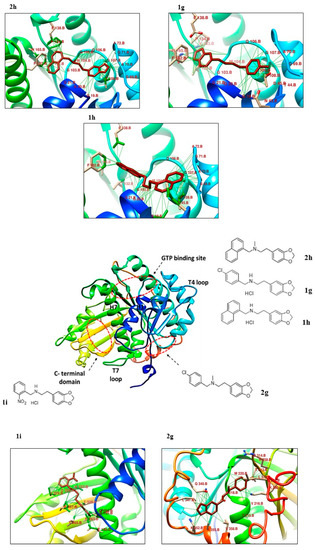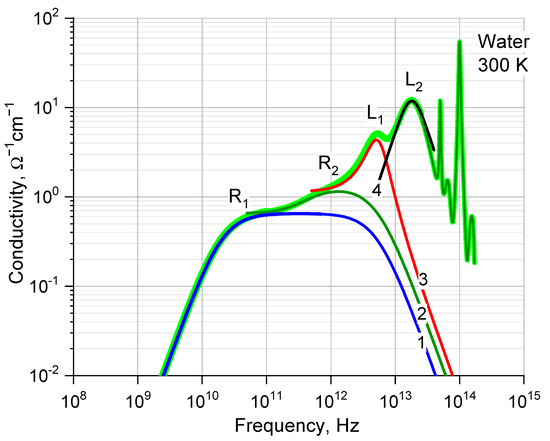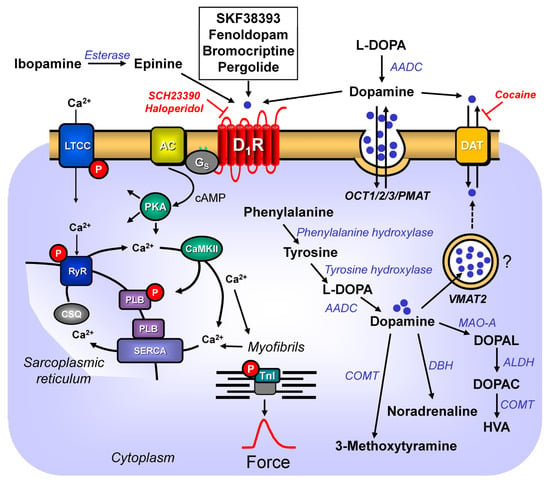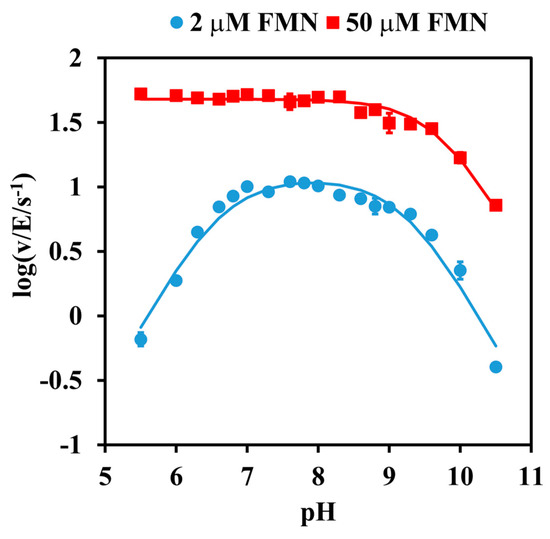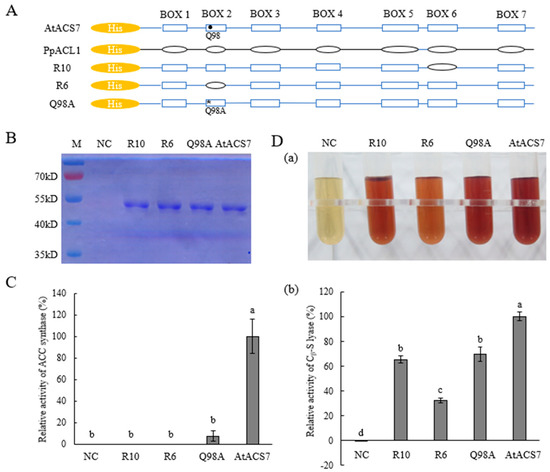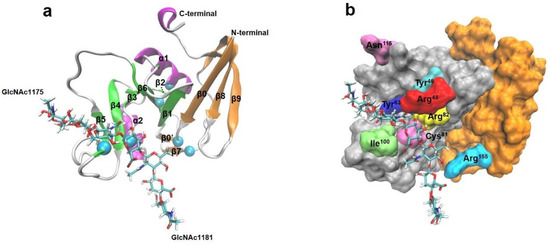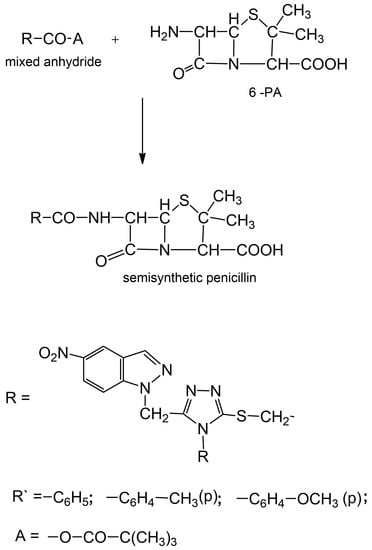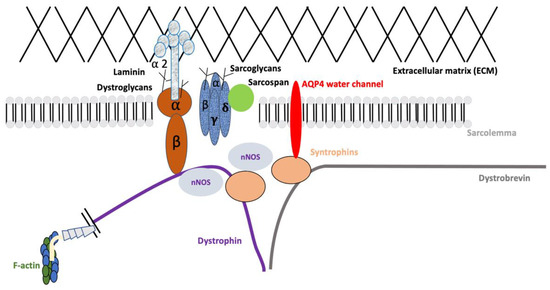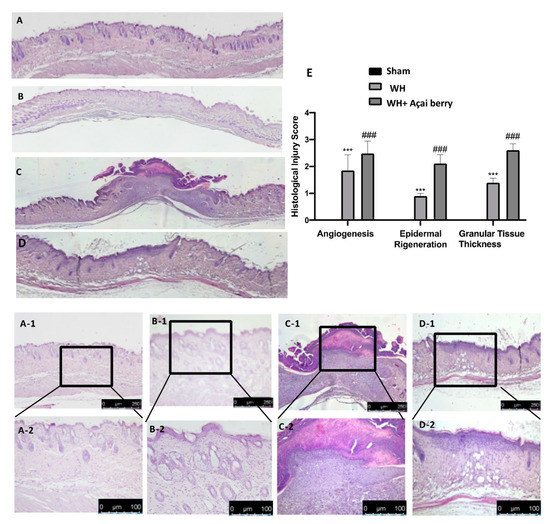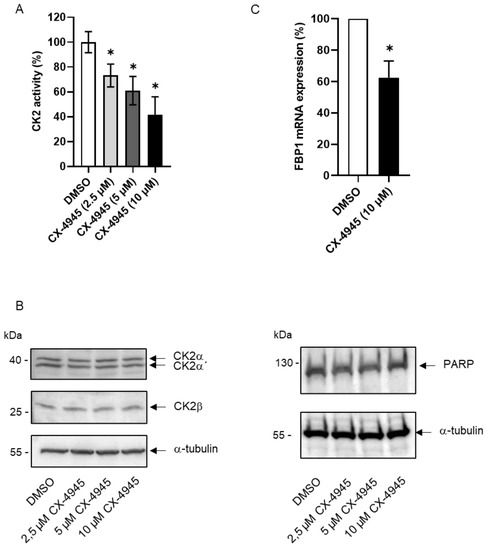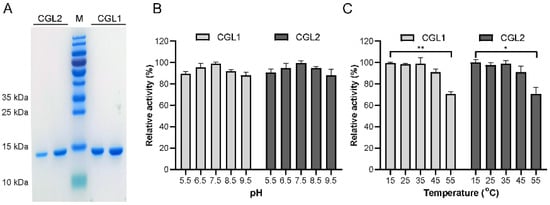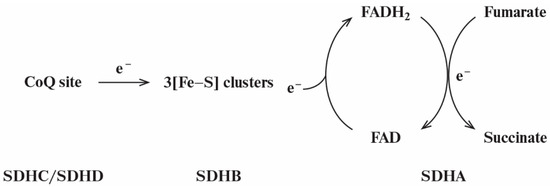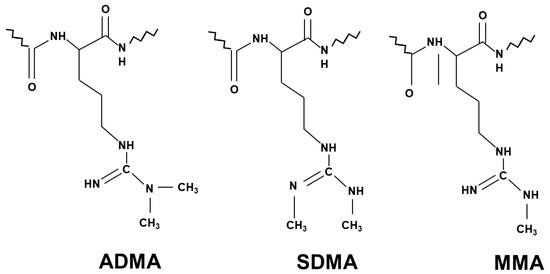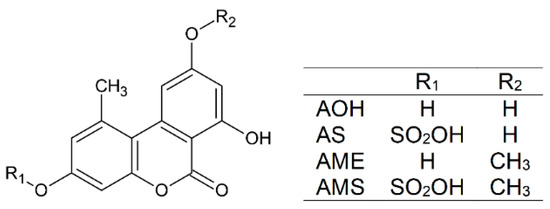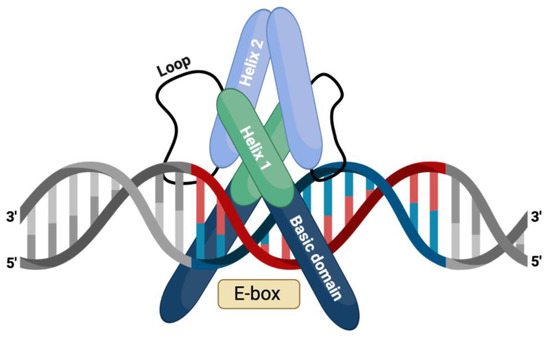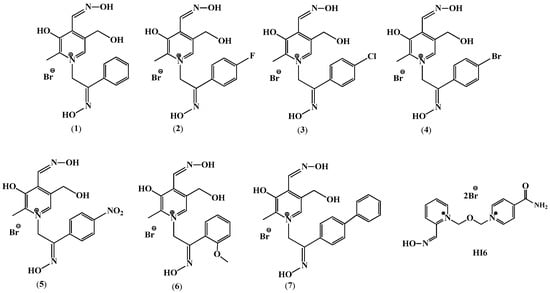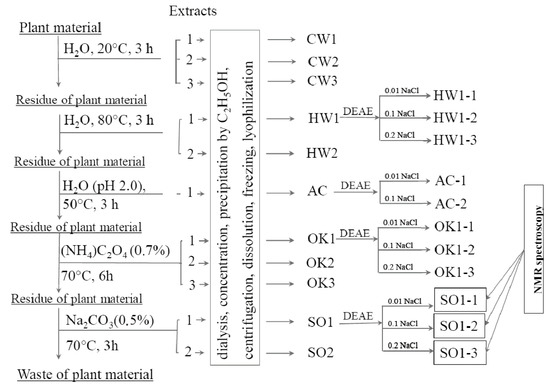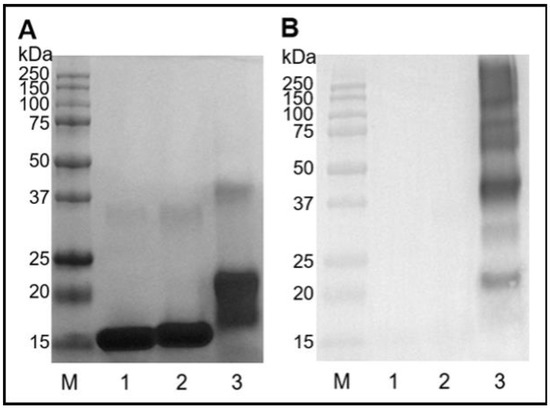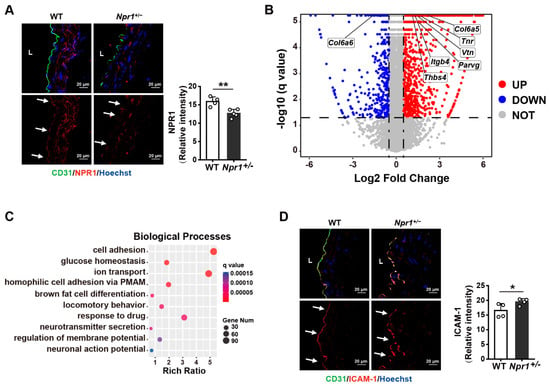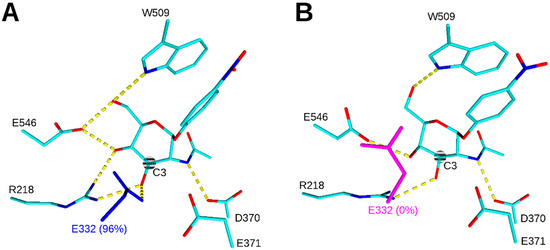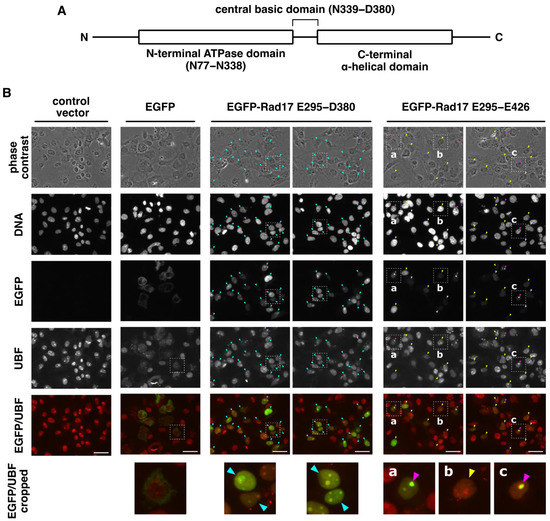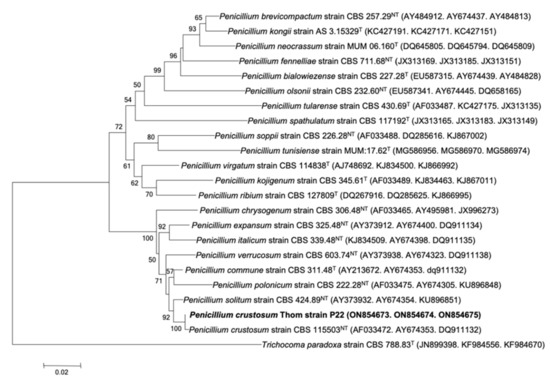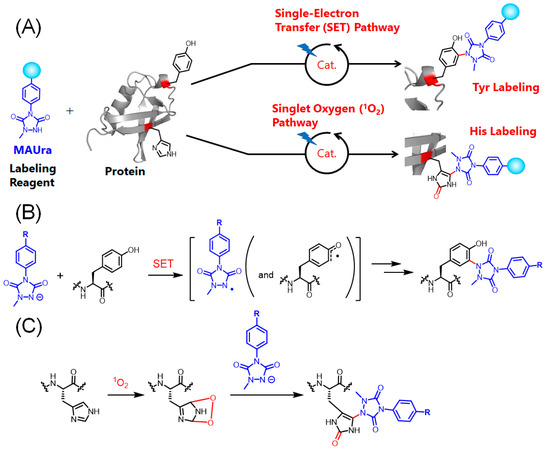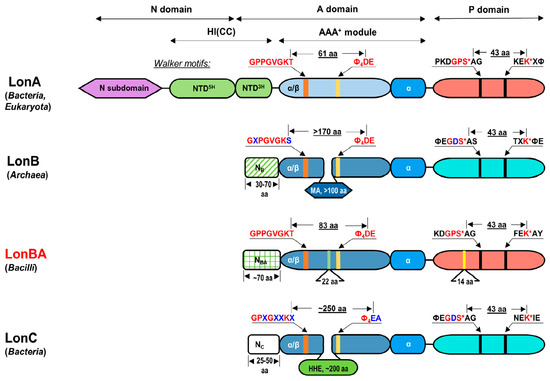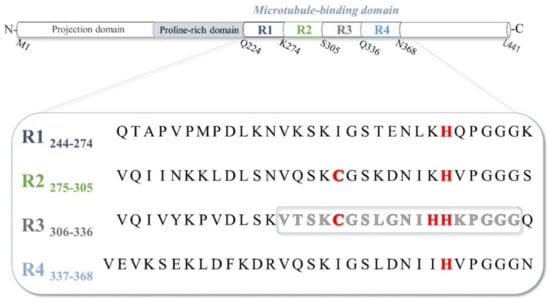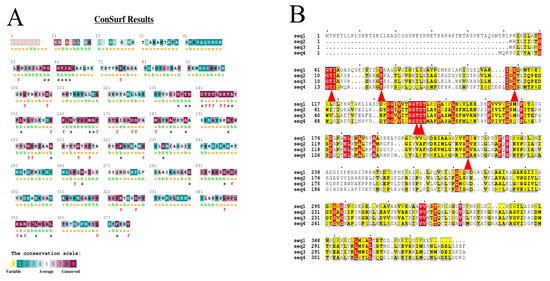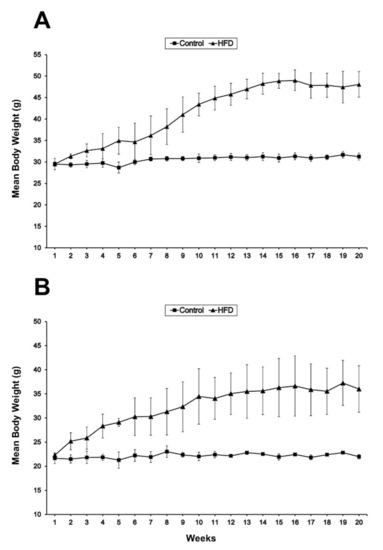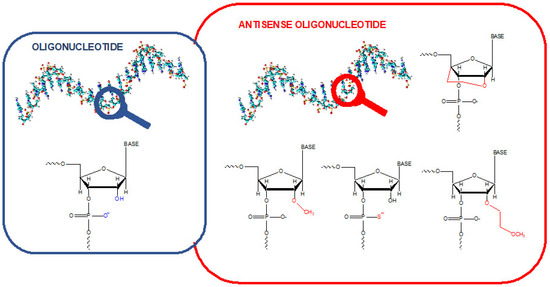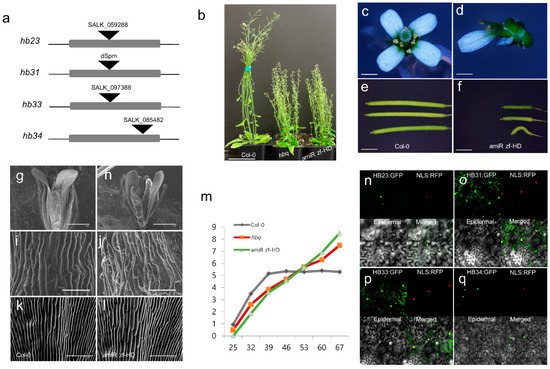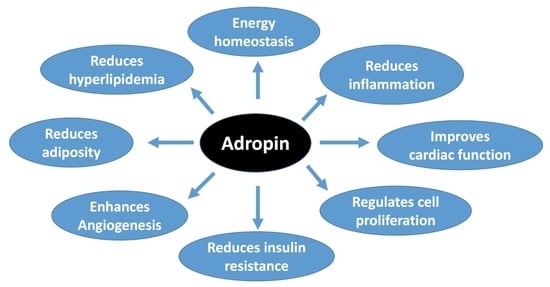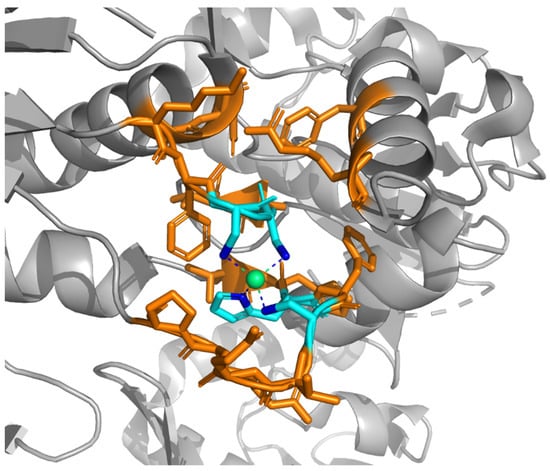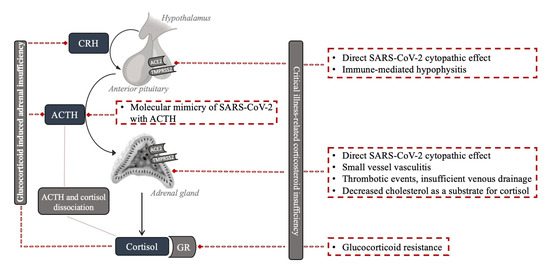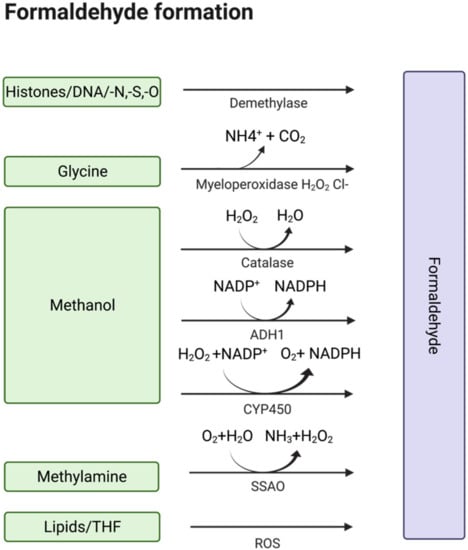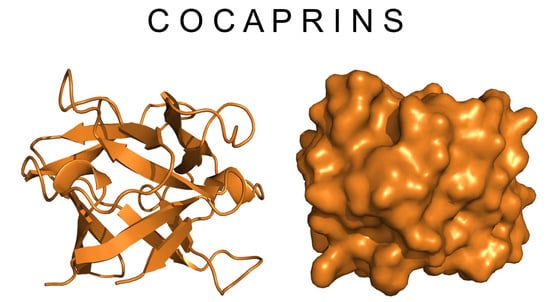Feature Paper Collection in Biochemistry
A topical collection in International Journal of Molecular Sciences (ISSN 1422-0067). This collection belongs to the section "Biochemistry".
Viewed by 246724Editors
Interests: drug design; metalloenzymes; carbonic anhydrases; anticancer agents; antiinfectives; sulfonamides; coumarins
Special Issues, Collections and Topics in MDPI journals
Interests: protein biochemistry; recombinant protein; heterologous expression; carbonic anhydrase; enzyme and protein purification; enzyme characterization; enzyme thermostability; cold-adapted enzymes
Special Issues, Collections and Topics in MDPI journals
Topical Collection Information
Dear Colleagues,
As Editors of the International Journal of Molecular Sciences, we are very excited to announce the Special topical collection “Feature Paper Collection in Biochemistry”. The collection aims to collect high-quality research articles, review articles, and communications on all aspects of biochemistry, which expert scientists will submit in the field of biochemistry.
The areas of interest for the Special collection embrace but are not limited to topics such as:
- Cellular function and structure;
- Cancer pathology and biology;
- New approaches in the management of hypoxic tumors;
- Cancer molecular genetics;
- Gene expression;
- Enzymology and structural biology;
- Metalloenzymes;
- Enzyme inhibition;
- Enzyme activation;
- Targeting human enzymes involved in tumorigenesis;
- Function and structure of protein membrane and drug distribution in the body;
- Protein interactions and functional nucleic acid;
- Epigenetic and genetic regulatory mechanisms;
- Lipid metabolism;
- Drug resistance;
- Role of intestinal microbes in diseases and human health;
- Characterization and development of small molecules for targeting metabolic pathways essential for the life cycle of human pathogens;
- Human health and viruses;
- Cellular receptors in diseases;
- New approaches in the development and production of vaccines.
Prof. Dr. Claudiu T. Supuran
Prof. Dr. Clemente Capasso
Collection Editors
Manuscript Submission Information
Manuscripts should be submitted online at www.mdpi.com by registering and logging in to this website. Once you are registered, click here to go to the submission form. Manuscripts can be submitted until the deadline. All submissions that pass pre-check are peer-reviewed. Accepted papers will be published continuously in the journal (as soon as accepted) and will be listed together on the collection website. Research articles, review articles as well as short communications are invited. For planned papers, a title and short abstract (about 100 words) can be sent to the Editorial Office for announcement on this website.
Submitted manuscripts should not have been published previously, nor be under consideration for publication elsewhere (except conference proceedings papers). All manuscripts are thoroughly refereed through a single-blind peer-review process. A guide for authors and other relevant information for submission of manuscripts is available on the Instructions for Authors page. International Journal of Molecular Sciences is an international peer-reviewed open access semimonthly journal published by MDPI.
Please visit the Instructions for Authors page before submitting a manuscript. There is an Article Processing Charge (APC) for publication in this open access journal. For details about the APC please see here. Submitted papers should be well formatted and use good English. Authors may use MDPI's English editing service prior to publication or during author revisions.





















